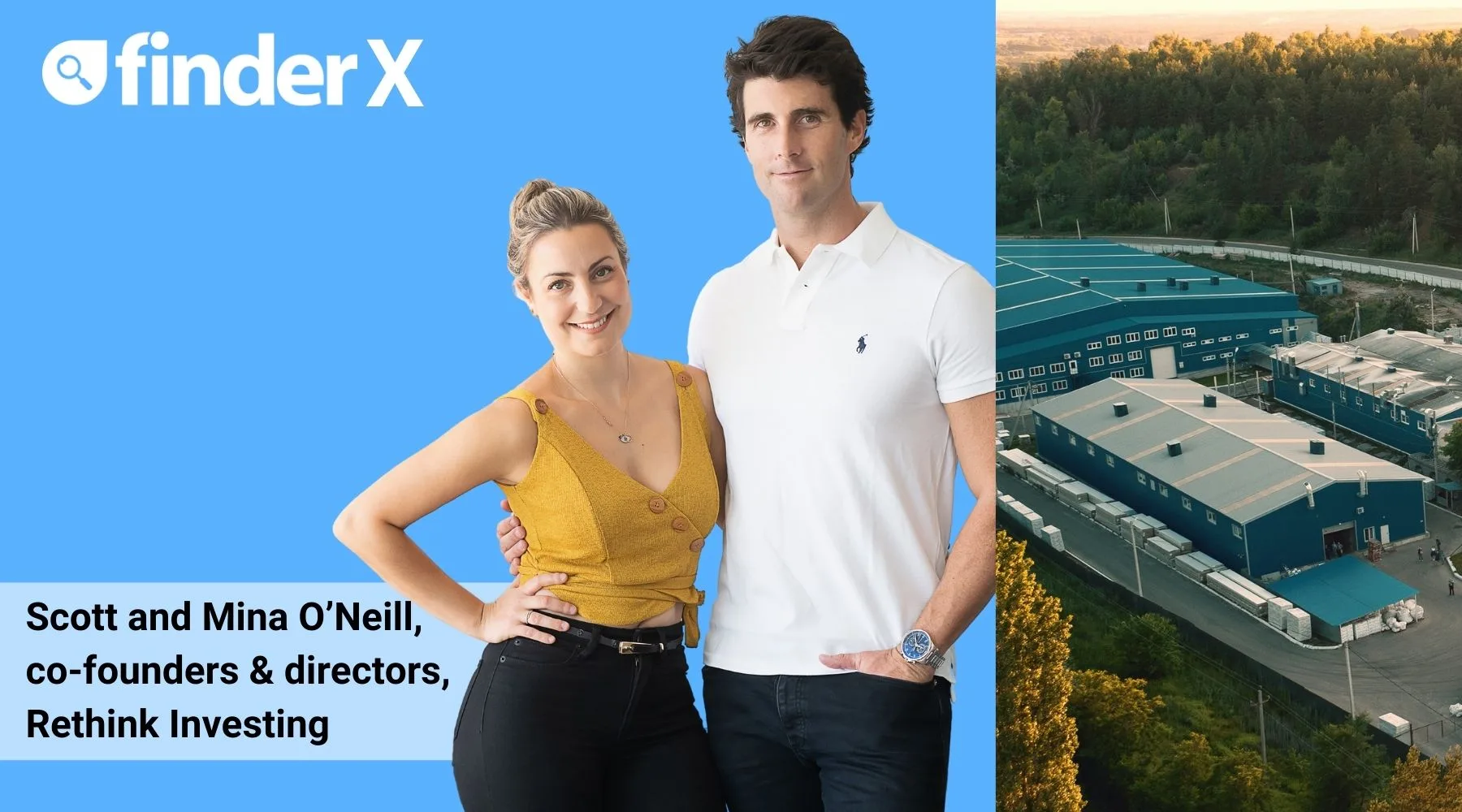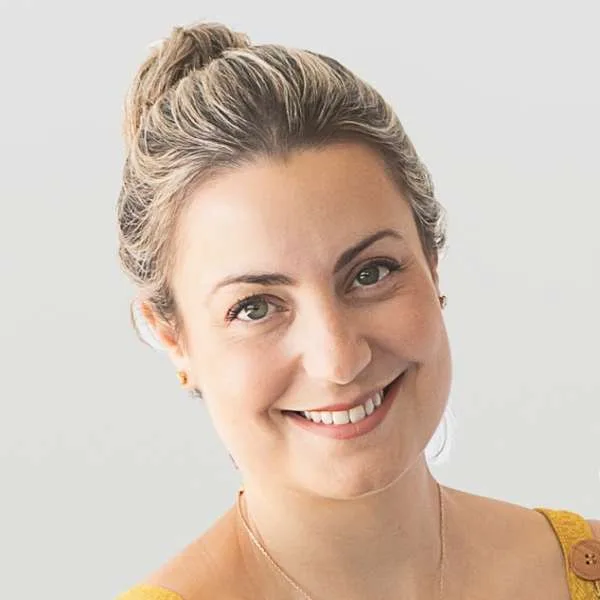7 steps to building your passive income

Setting a goal of making $200,000 per year passive income may seem all but unattainable, but we can tell you it's not.
Eleven years after we purchased our first property, we have built a portfolio that produces over $500,000 annually in passive income after all costs.
Here are the 7 steps that could help you become a successful commercial property investor and start you on your way to earning a significant passive income.
1. Understand the importance of commercial property as an investor
With high yields becoming increasingly difficult to find in residential real estate, investors are looking towards the new star of Australian real estate, commercial property, which is offering the highest cash-flow you can find in the economy.
There is also rapid capital growth happening right now as a result of low interest rates, low supply and ever increasing demand.
A high-quality commercial asset has the ability to pay itself off in terms of using the surplus cash-flow to pay down any debt you have on the asset. This is the beauty of having an asset with such a high yield.
As of late 2021, we are still finding commercial properties for our clients with yields of 5.5-8.5% net.
Adding a commercial asset to your portfolio can supercharge your returns, free up equity, and ultimately put you in a much stronger position if you're planning for early retirement.
For us, and for our valued clients, the power of commercial property is clear; it's an absolute game changer.
2. Get clear on your mindset
Shifting from a tax saving mindset to a cash-flow driven mindset is key to doing well in commercial investing and building your +$200,000 passive income. That's because a cash-flow driven mindset will help you prioritise what's really important to building a portfolio that will look after you into retirement – cash-flow!
Now don't get us wrong, capital growth is the key to building a larger portfolio, so we are not choosing one over the other. We simply don't neglect cash-flow like most other investors do. For example, anyone buying residential property right now is not thinking about income at the level we commercial investors value.
3. Assemble your expert team
A highly skilled accountant who is experienced in commercial property structures will be an undeniable asset. They can advise on the differences between purchasing in your own name, through a trust and using a company structure. Different structures will each have their own tax implications and they can also impact on your lending.
If you're planning to build a $200,000 passive income, it's imperative to have the right accountancy advice from the outset. An experienced and specialist commercial mortgage broker will be able to obtain the best loans with favourable (and long) terms.
This will help with your future serviceability. For example, I have seen some brokers obtain 80% commercial loans from the same bank from which other mortgage brokers could secure only 70%.
4. Pick properties with high yields
The higher the yield, the faster you can reduce your debt, and the sooner you'll have a passive income heading directly to your pocket.
Just be careful not to chase a deal solely on the basis of its high yield, as this might lead to a riskier purchase. Sometimes a solid 6% net yield in a strong metro location is better than a risky 9% yield in an asset located in the middle of nowhere.
5. Make sure you have a financial buffer
When investing in commercial property, make sure you have buffers in place and purchase quality assets that can be re-let. There's no point chasing a property with a short lease if you have no buffers in place.
Plan for the vacancies so they are not surprised. As a general rule we recommend holding at least 6 months of rent as a buffer.
6. Buy well
Out of the hundreds of commercial properties advertised for sale every day, only a tiny fraction are considered investment-grade. That means that they're strong enough to attract secure tenants, deliver an uninterrupted income stream and robust enough to weather even the worst economic downfalls.
These are the assets we purchase for ourselves and our clients. If you always make sure to purchase positively geared, high-quality commercial assets, which boast superior cash-on-cash returns, and most prominently, have a robust tenant (we like medical, logistics and other essential services), your $200,000 passive income won't be far away.
7. Have a strong debt reduction strategy
By using the income from your commercial property's rent you can pay down the loan over time, often in half the time of a standard 30-year loan contract, sometimes even sooner.
The high cash flow from the net lease can be so strong that if you can put the surplus rent back into your mortgage or offset account, the debt will rapidly reduce without you having to make any extra payments.
If you have a strong lease in place, you'll also benefit from the built-in annual rent rises, which will help you pay off the property even faster each year!
Scott and Mina O'Neill are co-authors of the best-selling commercial book Rethink Property Investing (Wiley $29.95). They are also the founders of Rethink Investing. After retiring at the age of 28, they now live off the passive income generated by their personal $20 million property portfolio and have helped over 2,400 clients purchase around well over $1.5 billion in Australian real estate.
Disclaimer: The views and opinions expressed in this article (which may be subject to change without notice) are solely those of the author and do not necessarily reflect those of Finder and its employees. The information contained in this article is not intended to be and does not constitute financial advice, investment advice, trading advice or any other advice or recommendation of any sort. Neither the author nor Finder has taken into account your personal circumstances. You should seek professional advice before making any further decisions based on this information.
Read more Finder X columns
-
3 easy things to do to get your superannuation sorted for the new year
22 Dec 2025 |
-
5 things to consider if you’re switching your CFD broker in 2026
22 Dec 2025 |
-
Boxing Day mania: Aussies set to spend $3.1 billion on sales
22 Dec 2025 |
-
Sleighing the budget: Australians plan to splurge $37 billion this festive season
19 Dec 2025 |
-
3 key factors that influence choosing your nbn plan
19 Dec 2025 |
Ask a question

